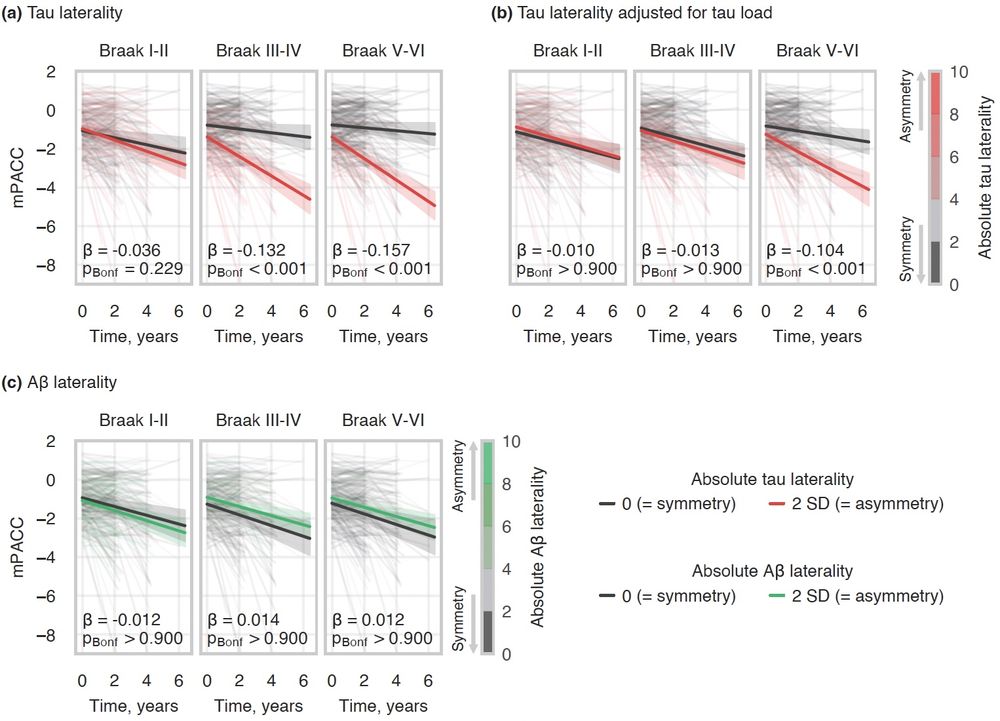• NfL is robust but not sufficient alone in low-prevalence settings.
• Diagnostic and prognostic frameworks should move toward standardized multimodal models integrating fluid #biomarkers with established predictors.
#ALS #MND
• NfL is robust but not sufficient alone in low-prevalence settings.
• Diagnostic and prognostic frameworks should move toward standardized multimodal models integrating fluid #biomarkers with established predictors.
#ALS #MND


With this approach, PPV increased to over 90% while maintaining sensitivity.


With this approach, PPV increased to over 90% while maintaining sensitivity.








@josephtherr.bsky.social
@josephtherr.bsky.social

